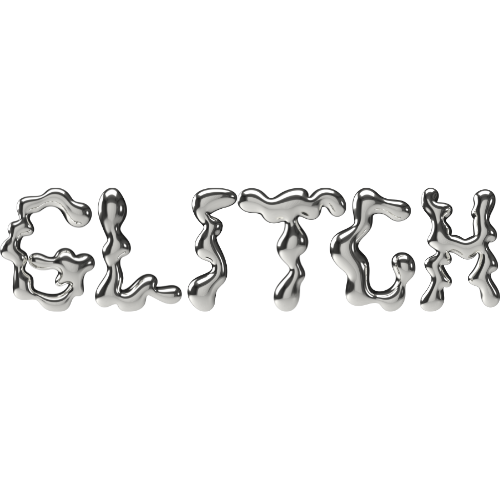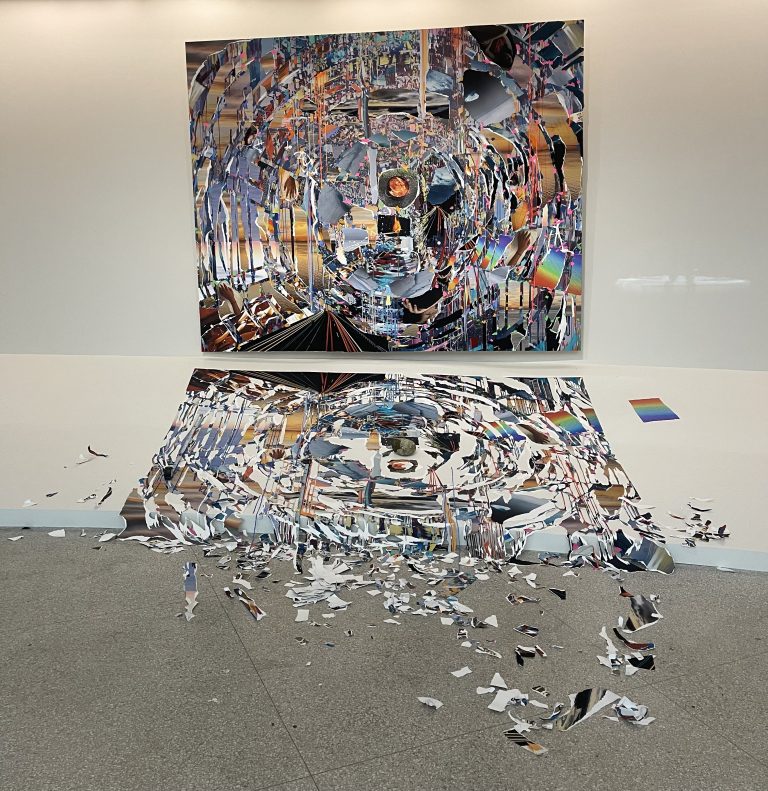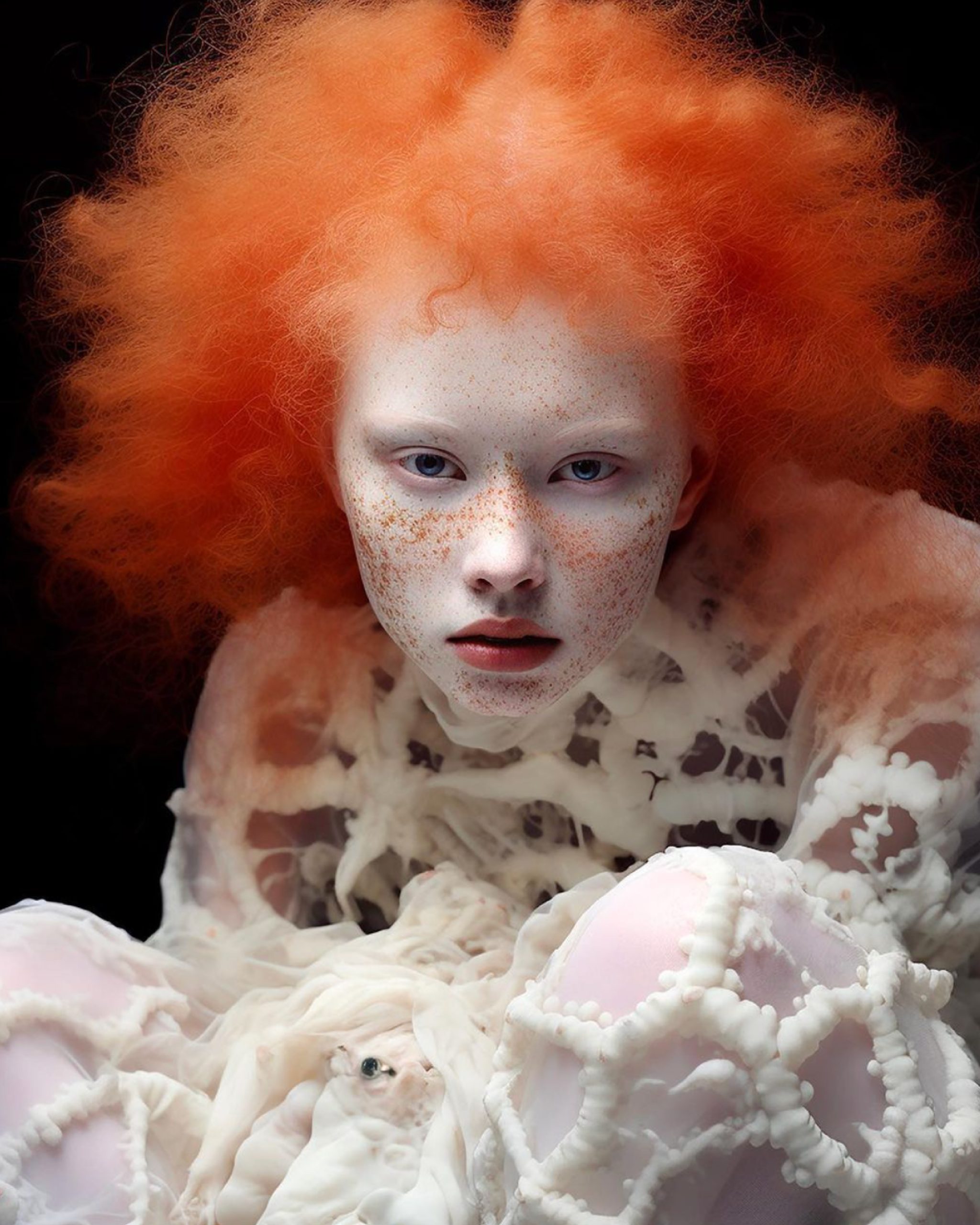Over the past 30 years, Sarah Sze has cultivated a distinct style of work combining sculpture, painting, technology, and everyday objects to create installations that examine the complex relationship between memory and time in the digital age. Her current exhibition “Timelapse” at the Guggenheim Museum, has been a successful mediation on contemporary life, reflecting the passage of time as a constantly evolving state which is fragile, and easily distorted.
The Guggenheim is the perfect vessel for Sze’s exhibition because it creates a full sensory experience. Located in the upper east side of Manhattan, the Guggenheim is one of the most radically designed buildings in New York City. The building was created by architect Frank Lloyd Wright and has become a landmark of 20th-century modernism, taking over 15 years to build. The museum is shaped as a spiral-ramped dome, where visitors climb a quarter of a mile to reach the top of the space, where sunlight enters through the transparent ceiling.
The Guggenheim acts as a portal to an inner world, where the relationship between time and space fundamentally shifts from the outer world. In traditional museums, viewers tend to stay in the same place to absorb the work presented. Whereas, the Guggenheim relies upon movement and circular flow, forcing audience members to actively engage with the pieces and other viewers from different levels and perspectives throughout their visit.
The museum itself is a vessel of constant ebb and flow, and those who display their work can construct a full experience in perpetual motion, making it the ideal setting for Sarah Sze.
Sze describes how “For me, scale is about undermining monumentality all the time. I try to create shifts of scale that move quickly between a sense of something very fragile, something in flux, to the feeling that a much larger perspective is in play.”
Sze uses ordinary objects in her installation which are used for functional use, rather than holding aesthetic value. Items include toilet paper, toothpicks, ladders, thumbtacks, and mirrors. Sze wants to take these items out of context and see if it was possible to bring value and create life in mass-produced inanimate objects.
Through painting, sculpting, and curating seemingly random items together, Sze blurs the line between the sacred and the profane, transforming how we engage with functional objects. Sze’s work tends to display multiple realities in the same setting: a piece of wonder and amazement can simultaneously be a piece of confusion and disjointedness. The viewer is forced to grapple with how different truths can co-exist at once.
A major theme of Sze’s work is moving imagery, which showcases how memories are created, reimagined, and most importantly lost. Sze’s sculpture “Timekeeper” was created as an attempt to understand how individuals orient themselves between time and space.
“Every artwork is a timekeeper; it is a time capsule of what it means to be alive,” says Sze. “Art can show you how time is marked through emotion like no other medium.”
As a student in the ‘70s, Sze watched Charles and Ray Eames’s documentary “Powers of Ten.” The documentary is filmed in 10-second intervals, which visually depict what 10 times further into our galaxy looks like, seeking to highlight the extreme magnitudes between our daily reality in contrast to the size of the universe. Sze was inspired by this attempt of measuring time and seeks to track time in her installations.
Sze believes that physical images have the power to create memories that might not truly exist. In “Timekeeper,” Sze uses a myriad of different moving images which reflect how memories flow and merge within the human mind. Sze uses a still image of herself as a child and tears the corners of the piece, to give it a distorted look. She then adds the original childhood footage over the top of the still, which gives the effect that the image is edited and disjointed.
Sze argues that memories shouldn’t be reduced to human concepts of time, believing that “one image can grow and haunt us.” By looking at an image from her childhood, she is aware she has created a version of reality that likely didn’t occur, and through time this vision only feels more true. The other images around this one, flicker, and some completely shut down reflecting that even the digital realms are not necessarily eternal.
Sze states how “When I think about sculpture, I’m thinking as much about the dispersal of objects as the agglomeration of objects, about the absence of form as much as the presence, about the decay of material as much as the construction of material.”
Sze believes that with the rise of technology, our relationship between time and space has drastically shifted. She says, “People often create a false dichotomy in their minds between the online world, which they perceive as non-physical, and ‘real life’, which they deem physical. But the digital is also physical: it’s light and pixels; it’s a screen; it’s tactile and sensory. I like to question what each medium does well. For me, the digital has an incredible power to communicate longing. You always want more. This is something that the structure of the internet has capitalized on.”
GLITCH is excited to see how Sze presents our digitally saturated world, where a multitude of realities co-exists at once. We see Sze as a culture investor, mediating on time and memory in contemporary life. As we become more immersed in the digital world, Sze’s work is only going to become even more relevant. “Timelapse”, is a reminder that artists capture specific moments in time, reflecting how everything is in motion, and anything can be distorted.
Sarah Sze’s “ Timelapse” is open until September 10 at the Solomon R. Guggenheim Museum.
Written by Amber Weir from GLITCH Magazine





